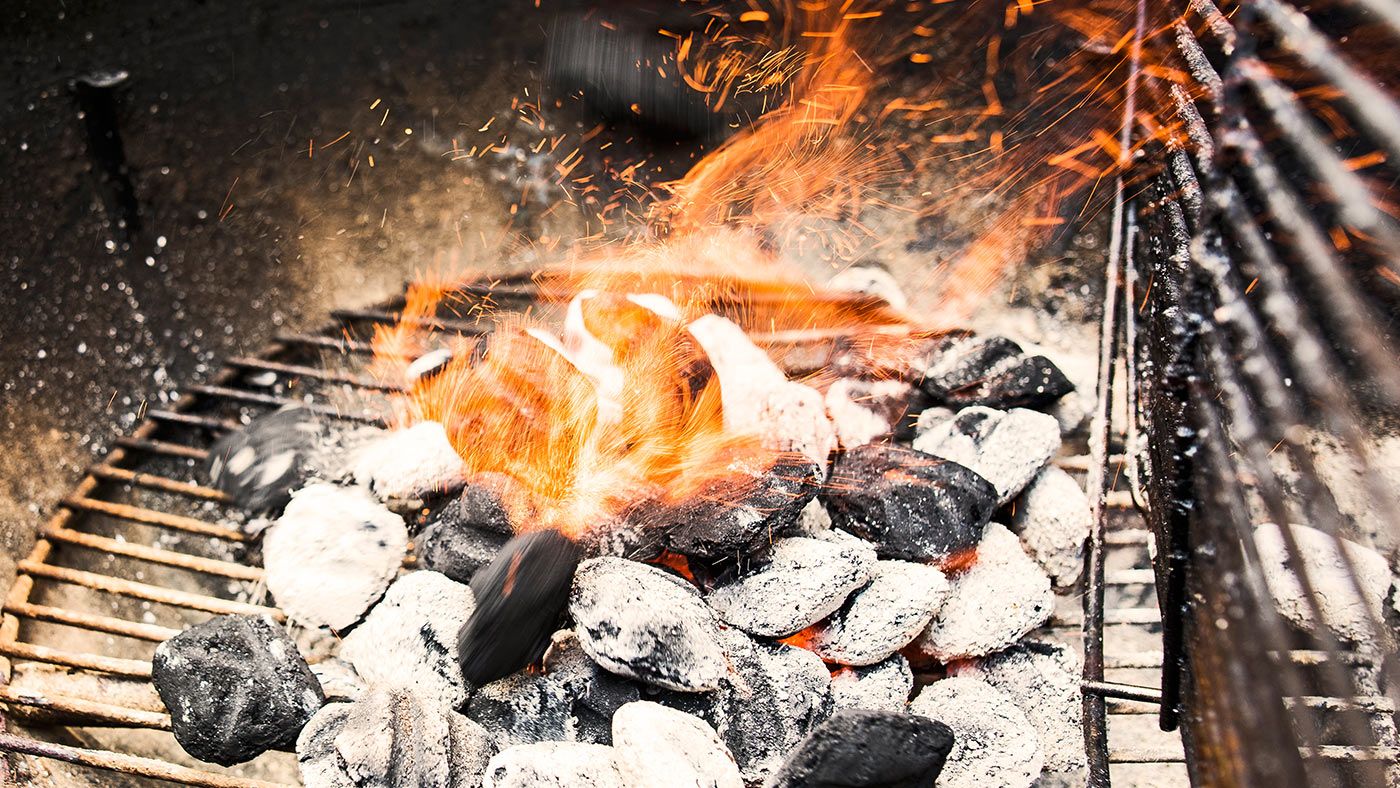

Articles
How To Get Charcoal Grill Hotter
Modified: August 28, 2024
Learn effective techniques to make your charcoal grill hotter and achieve that perfect sear on your favorite foods with these helpful articles.
(Many of the links in this article redirect to a specific reviewed product. Your purchase of these products through affiliate links helps to generate commission for Storables.com, at no extra cost. Learn more)
Introduction
A charcoal grill can be the perfect tool for cooking up delicious, smoky flavors in your backyard. However, if you find that your grill is not reaching the desired temperature or you want to take your grilling to the next level, you may be wondering how to get your charcoal grill hotter. By understanding the basics of a charcoal grill and implementing a few strategies, you can achieve the high temperatures needed for searing steaks, grilling pizzas, and charring vegetables to perfection.
In this article, we will explore different techniques to help you maximize the heat output of your charcoal grill. From selecting the right charcoal to arranging it for optimal heat distribution, using a chimney starter to ignite the coals, controlling airflow, and preheating the grill, we will cover all the essential steps to get your charcoal grill hotter and ready for grilling success.
So, let’s dive in and uncover the secrets to make your charcoal grill sizzle and reach those high temperatures that will elevate your outdoor cooking game.
Key Takeaways:
- Master the art of getting your charcoal grill hotter by selecting the right charcoal, arranging it for optimal heat distribution, and controlling airflow. Elevate your grilling game with these essential techniques.
- Use a chimney starter to ignite charcoal, control airflow for increased heat, and preheat the grill thoroughly. Incorporate additional tips and tricks to maximize the heat output and unleash your culinary creativity.
Read more: How To Use The Vents On A Charcoal Grill
Understanding the Basics of a Charcoal Grill
Before we dive into the techniques of getting your charcoal grill hotter, it’s important to have a basic understanding of how a charcoal grill operates. A typical charcoal grill consists of a firebox, a cooking grate, and vents for controlling airflow.
The firebox is where the charcoal briquettes or lump charcoal are placed. These coals are the fuel that generates the heat for cooking. The firebox is usually equipped with adjustable vents on the bottom and top, which allow you to regulate the airflow. Controlling the airflow is crucial because it affects the intensity of the fire and heat distribution throughout the grill.
When lighting the charcoal, it’s essential to ensure even heat distribution by arranging the coals properly. The two most common methods are the two-zone and the multi-level cooking setups. The two-zone setup involves placing the coals on one side of the grill while leaving the other side empty. This creates a hot zone for direct heat grilling and a cooler zone for indirect grilling. The multi-level setup, on the other hand, involves stacking the charcoals in layers to create different heat levels for various grilling needs.
Understanding the mechanics of a charcoal grill will help you make informed decisions and adjustments throughout the grilling process. It will enable you to control the heat, achieve proper searing, and ensure even cooking of your food. Now that we have a solid foundation, let’s move on to selecting the right charcoal for maximum heat.
Selecting the Right Charcoal for Maximum Heat
When it comes to getting your charcoal grill hotter, choosing the right charcoal is essential. There are two main types of charcoal available: briquettes and lump charcoal.
Briquettes are made from compressed charcoal dust and other additives that provide a consistent burn and longer cooking time. They are readily available, inexpensive, and easy to light. However, they may produce more ash compared to lump charcoal, which could hinder airflow and heat production.
Lump charcoal, on the other hand, is pure carbon made from natural hardwood. It ignites quickly and generates high heat, making it ideal for achieving hotter temperatures. Lump charcoal also produces less ash, which means better airflow and enhanced heat distribution. Although it may be pricier than briquettes, the superior quality and heat output are worth the investment.
When selecting charcoal, opt for large and dense pieces, as they tend to burn longer and produce more heat. Look for brands that offer consistent chunk sizes to ensure even burning. It’s also a good idea to check if the charcoal is additive-free, as some brands may include fillers or chemicals that can affect heat production and flavor.
Once you’ve chosen the right charcoal, it’s time to arrange it properly in the grill to maximize heat distribution. Let’s explore the next step in getting your charcoal grill hotter: arranging the charcoal for optimal heat.
Arranging Charcoal for Optimal Heat Distribution
The way you arrange the charcoal in your grill can greatly impact the heat distribution, which ultimately affects the temperature your grill can reach. Understanding different charcoal arrangements will help you achieve optimal heat distribution and ensure even cooking of your food.
One popular method is the “two-zone” setup. In this arrangement, you divide your charcoal grill into two distinct areas: a hot zone and a cool zone. To create the hot zone, pile the charcoal on one side of the grill, leaving the other side empty. This allows for direct heat grilling on the hot side and indirect heat cooking on the cooler side. The two-zone setup is perfect for achieving a high heat sear on meats while having a safe area to move the food to prevent burning.
Another technique is the “multi-level” setup. This method involves stacking the charcoal in multiple layers to create different heat zones. Start by arranging a layer of charcoal across the entire bottom of the grill. Then add a second layer on top in a staggered pattern, creating a pyramid-like shape. This arrangement creates varying levels of heat, with the bottom layer being the hottest and the top layer being the coolest. The multi-level setup is excellent for cooking different types of food simultaneously, as you can place items that require high heat closer to the bottom and more delicate items on the top.
Regardless of the technique you choose, always ensure proper airflow around the charcoal. Adequate airflow is crucial for achieving high temperatures. Make sure the vents on the bottom and top of the grill are open and unobstructed. This will allow oxygen to reach the coals and fuel the fire, resulting in hotter temperatures.
Now that you know how to arrange the charcoal for optimal heat distribution, it’s time to move on to the next step: using a chimney starter to ignite the charcoal.
Using a Chimney Starter to Ignite Charcoal
A chimney starter is a simple yet effective tool for lighting charcoal quickly and efficiently. It eliminates the need for lighter fluid, which can leave a residual taste on your food. Using a chimney starter ensures a clean and even burn, resulting in hotter coals and better grilling results.
To use a chimney starter, follow these steps:
- Fill the chimney starter with the desired amount of charcoal. Be sure not to overfill it, as this can impede airflow.
- Place fire starters or crumpled newspaper in the bottom compartment of the chimney starter. These will help ignite the charcoal.
- Position the chimney starter on the grill grates or a heat-resistant surface.
- Light the fire starters or newspaper through the vents at the bottom of the chimney starter.
- Allow the coals to burn until they are covered with a layer of white ash, indicating they are fully ignited and ready for use.
- Using heat-resistant gloves or tongs, carefully pour the hot coals onto the charcoal grate in your grill, arranged according to your desired heat distribution method.
A chimney starter can quickly and efficiently light your charcoal, saving you time and ensuring a consistent burn. It promotes better airflow, allowing the coals to reach higher temperatures before transferring them to the grill, making it an essential tool for getting your charcoal grill hotter.
Now that the charcoal is ignited, it’s crucial to understand how to control the airflow to increase the heat. Let’s explore this next step in achieving a hotter charcoal grill.
To get a charcoal grill hotter, use a chimney starter to preheat the charcoal before adding it to the grill. This will ensure even and intense heat for grilling.
Read more: Where To Buy Charcoal Grills
Controlling Airflow to Increase Heat
Controlling the airflow in your charcoal grill is key to increasing the heat and maintaining a consistent temperature throughout the cooking process. By adjusting the vents on your grill, you can regulate the amount of oxygen that reaches the coals, thereby influencing the intensity of the fire.
Here are some tips for controlling airflow to increase heat:
- Open the bottom vents: Begin by fully opening the bottom vents to allow for maximum airflow. This will provide a steady supply of oxygen to fuel the fire and increase the heat output. Keep in mind that a hotter fire requires more oxygen, so opening the vents will help amp up the heat.
- Adjust the top vent: The top vent controls the release of hot air and smoke from the grill. For higher temperatures, partially open the top vent to allow some airflow while still retaining heat inside the grill. If you need to lower the heat, close the vent partially to restrict oxygen flow and reduce the intensity of the fire.
- Monitor and fine-tune: As you cook, periodically check the temperature inside the grill by using a thermometer. If the temperature drops, you may need to open the vents slightly to increase airflow and revive the fire. Likewise, if the temperature becomes too high, adjust the vents to decrease airflow and cool down the grill.
- Consider the wind: If you’re grilling outdoors, take into account the wind direction and speed. Position your grill in a way that maximizes airflow and prevents the wind from extinguishing the coals. Adjust the vents accordingly to counter the effects of wind on the heat output.
Remember, controlling airflow is a delicate balance. Gradual adjustments to the vents will give you better control over the heat. It may take some practice and experimentation to find the sweet spot that gives you the desired temperature on your charcoal grill.
Now that you are familiar with controlling airflow, the next step is preheating the grill for maximum temperature. Let’s explore this final step before diving into some additional tips and tricks for a hotter charcoal grill.
Preheating the Grill for Maximum Temperature
Preheating your charcoal grill is a crucial step in ensuring it reaches maximum temperature before you start grilling. A properly preheated grill ensures even heat distribution and helps achieve the desired sear and char on your food.
Follow these steps to preheat your grill for maximum temperature:
- Begin by arranging the charcoal according to your desired heat distribution method, such as the two-zone or multi-level setup.
- Light the charcoal using a chimney starter or any other preferred method. Allow the coals to fully ignite until they are covered with a layer of white ash.
- Once the coals are fully lit, carefully pour them onto the charcoal grate in your grill, ensuring they are arranged according to your desired heat distribution method.
- Carefully close the lid of the grill and open both the top and bottom vents. This allows for maximum airflow, which is crucial for reaching and maintaining high temperatures.
- Allow the grill to preheat for approximately 15-20 minutes. This will ensure that the grates are heated evenly, allowing for better searing and preventing food from sticking.
- During the preheating process, periodically check the temperature inside the grill using a thermometer to ensure it has reached the desired temperature range.
By preheating your grill, you give the charcoal enough time to build up heat, ensuring that the grates are at their optimal temperature for cooking. This step is especially important when you want to achieve a high heat sear or when cooking delicate foods that require precise temperature control.
Now that you’ve preheated your grill, it’s time to explore some additional tips and tricks to maximize the heat output and get your charcoal grill even hotter.
Additional Tips and Tricks for a Hotter Charcoal Grill
Now that you have learned the essential techniques for getting your charcoal grill hotter, here are some additional tips and tricks to take your grilling game to the next level:
- Use hardwood chunks: Adding hardwood chunks, such as oak or hickory, to your charcoal can intensify the smoky flavor and increase the heat output. These chunks burn slower and hotter than traditional charcoal, providing an extra boost of heat for your grill.
- Preheat the grilling grates: Before placing your food on the grill, preheat the grates by letting them sit over the hot charcoal for a few minutes. This helps prevent sticking and creates those desirable sear marks on your food.
- Clean the grill grates: Regularly clean your grill grates to remove any buildup or debris that can restrict airflow and hinder heat distribution. This ensures optimal performance and maximizes the heat your grill can generate.
- Use the lid: Keep the lid closed as much as possible during the grilling process. This helps retain heat, maintain consistent temperatures, and promotes even cooking.
- Add a water pan: Placing a water pan inside your grill can help regulate temperature and prevent flare-ups. It also adds moisture to the cooking environment, ensuring juicy and flavorful results.
- Invest in a grill thermometer: A reliable grill thermometer is a valuable tool for accurately monitoring the temperature inside your grill. This allows you to make informed decisions and make adjustments to maintain the desired heat levels.
- Experiment with different cooking techniques: Explore different cooking methods like direct grilling, indirect grilling, and searing to achieve the desired result. Each technique utilizes the heat from your charcoal grill in unique ways and can elevate your culinary creations.
- Practice patience: Achieving a hotter charcoal grill takes time and practice. Allow yourself room for experimentation and learn how your specific grill responds to different techniques and adjustments. With experience, you’ll become more adept at reaching and maintaining higher temperatures.
By incorporating these additional tips and tricks into your grilling routine, you’ll be able to maximize the heat output of your charcoal grill, taking your outdoor cooking to new heights of flavor and excellence.
With all these techniques and strategies in mind, you can confidently get your charcoal grill hotter and unleash your culinary creativity to create delicious meals for family and friends.
Remember to always prioritize safety when grilling and follow the manufacturer’s instructions for your specific grill model. Happy grilling!
Conclusion
Getting your charcoal grill hotter is a combination of understanding the basics, selecting the right charcoal, arranging it properly, and implementing various techniques to optimize heat distribution and control airflow. By following the steps outlined in this article and utilizing the additional tips and tricks, you can achieve the high temperatures needed for exceptional grilling results.
Start by understanding the mechanics of your charcoal grill and familiarizing yourself with the different heat distribution methods. Select the right charcoal, whether it be briquettes or lump charcoal, and ensure that it is of high quality to maximize heat output. Arrange the charcoal in your grill according to your desired heat zones or levels, promoting even cooking and versatile grilling options.
Using a chimney starter to ignite the charcoal ensures a clean and consistent burn, eliminating the need for lighter fluid. Control the airflow in your grill by adjusting the vents, allowing for optimal oxygen flow and heat intensity. Preheat your grill thoroughly to ensure the grates are at the right temperature for effective cooking and searing.
Additionally, incorporate the recommended tips and tricks into your grilling routine. Consider using hardwood chunks for added flavor and heat, preheating and cleaning the grates, and using a water pan or grill thermometer to regulate temperature. Experiment with different cooking techniques to achieve the desired results and practice patience as you develop your grilling skills.
Remember to prioritize safety and always follow the manufacturer’s instructions for your specific grill model. With dedication and practice, you can harness the full potential of your charcoal grill, achieving hotter temperatures and preparing mouthwatering meals that will impress family and friends.
So, fire up your charcoal grill, get creative with your recipes, and enjoy the incredible flavors and experiences that grilling brings. Happy grilling!
Frequently Asked Questions about How To Get Charcoal Grill Hotter
Was this page helpful?
At Storables.com, we guarantee accurate and reliable information. Our content, validated by Expert Board Contributors, is crafted following stringent Editorial Policies. We're committed to providing you with well-researched, expert-backed insights for all your informational needs.
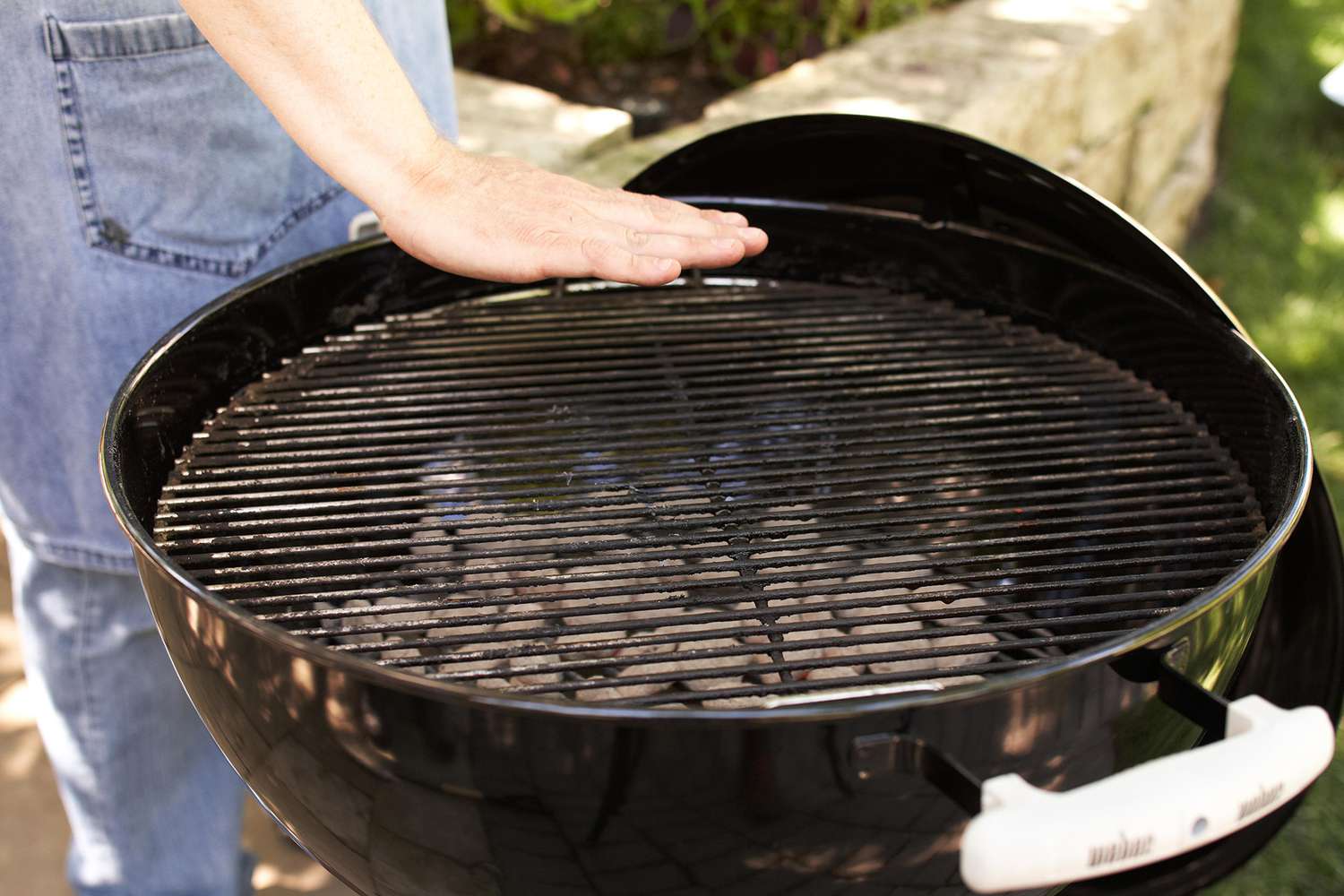
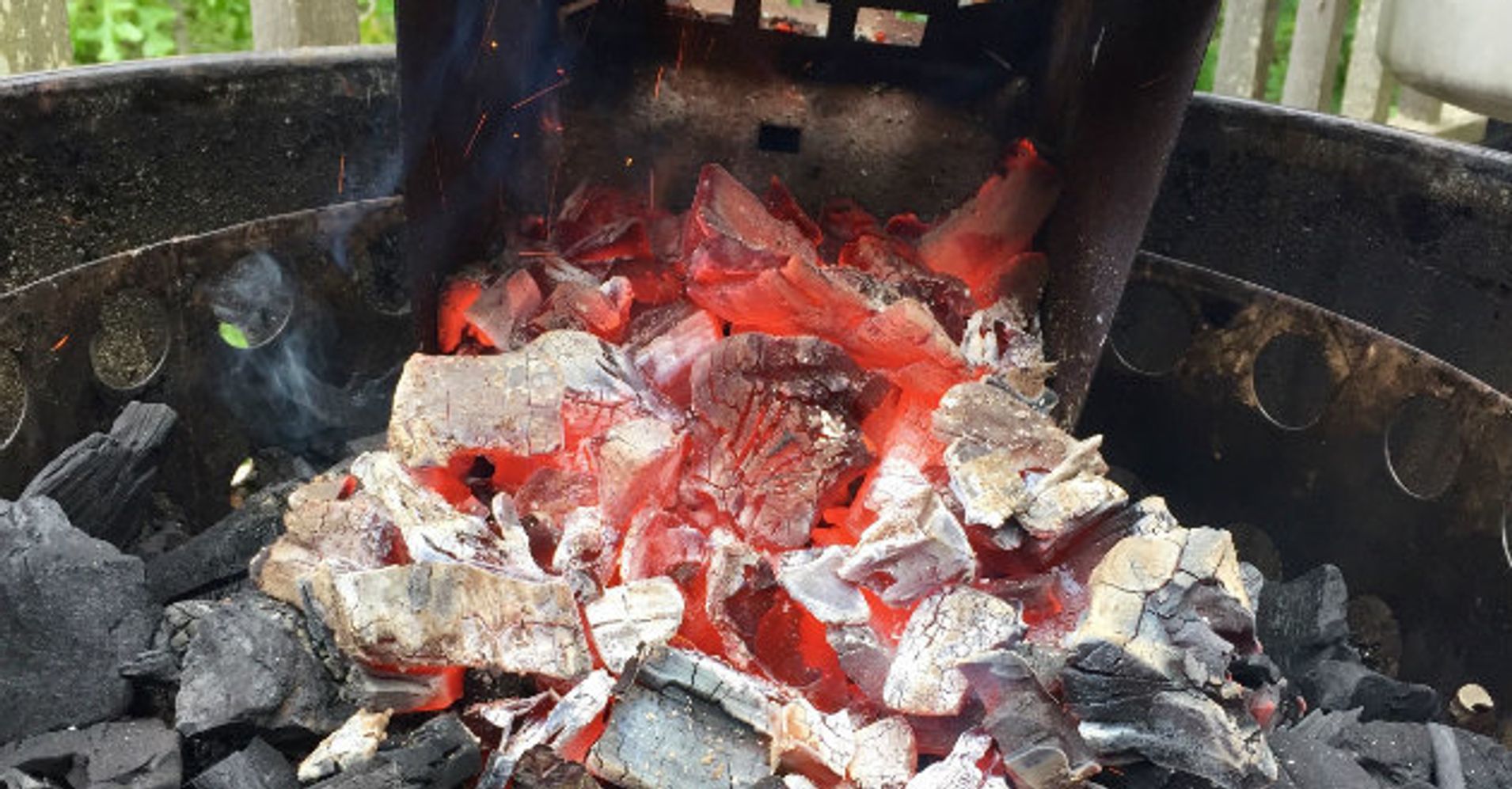
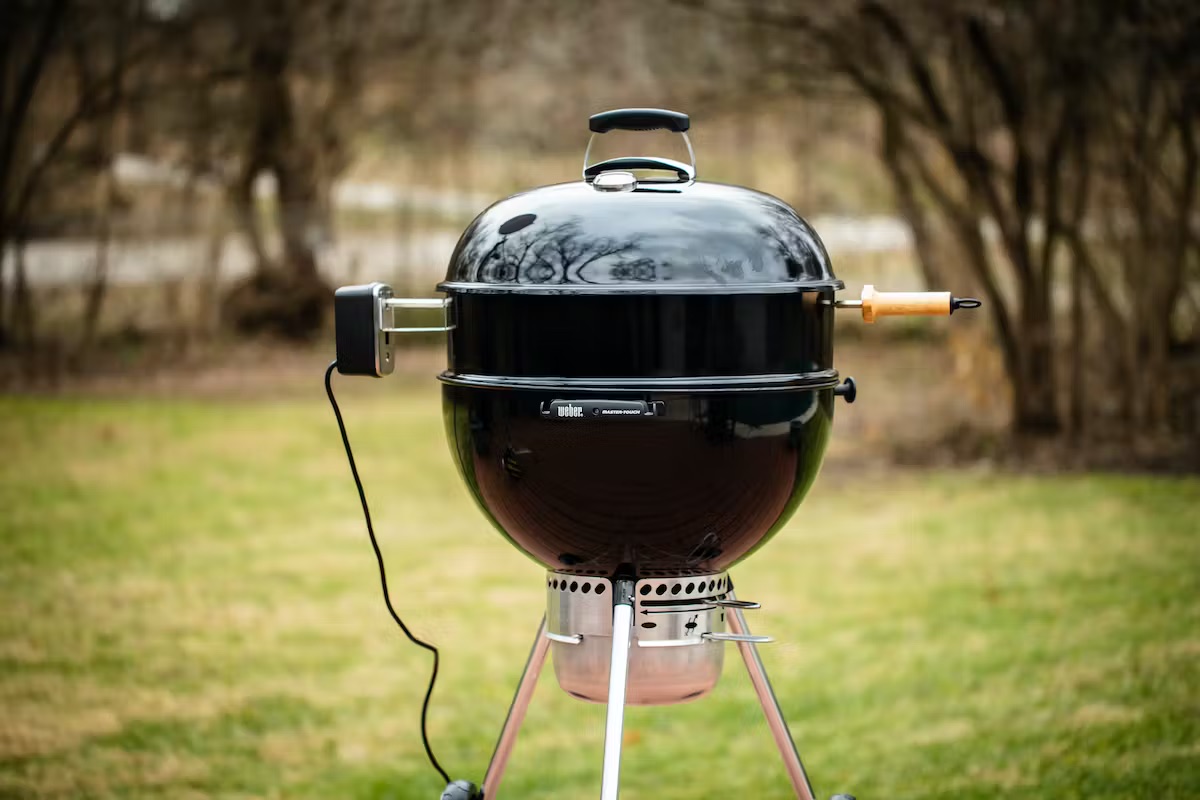
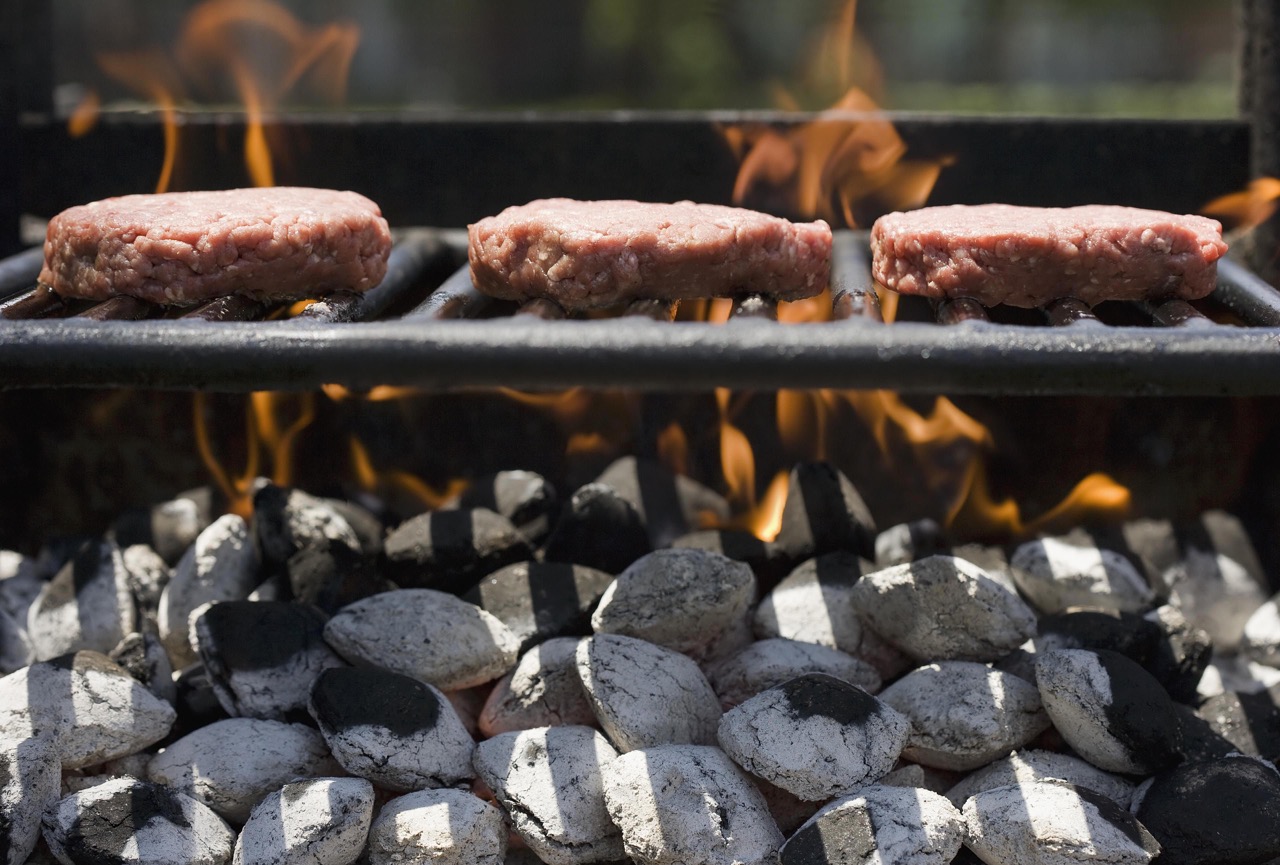
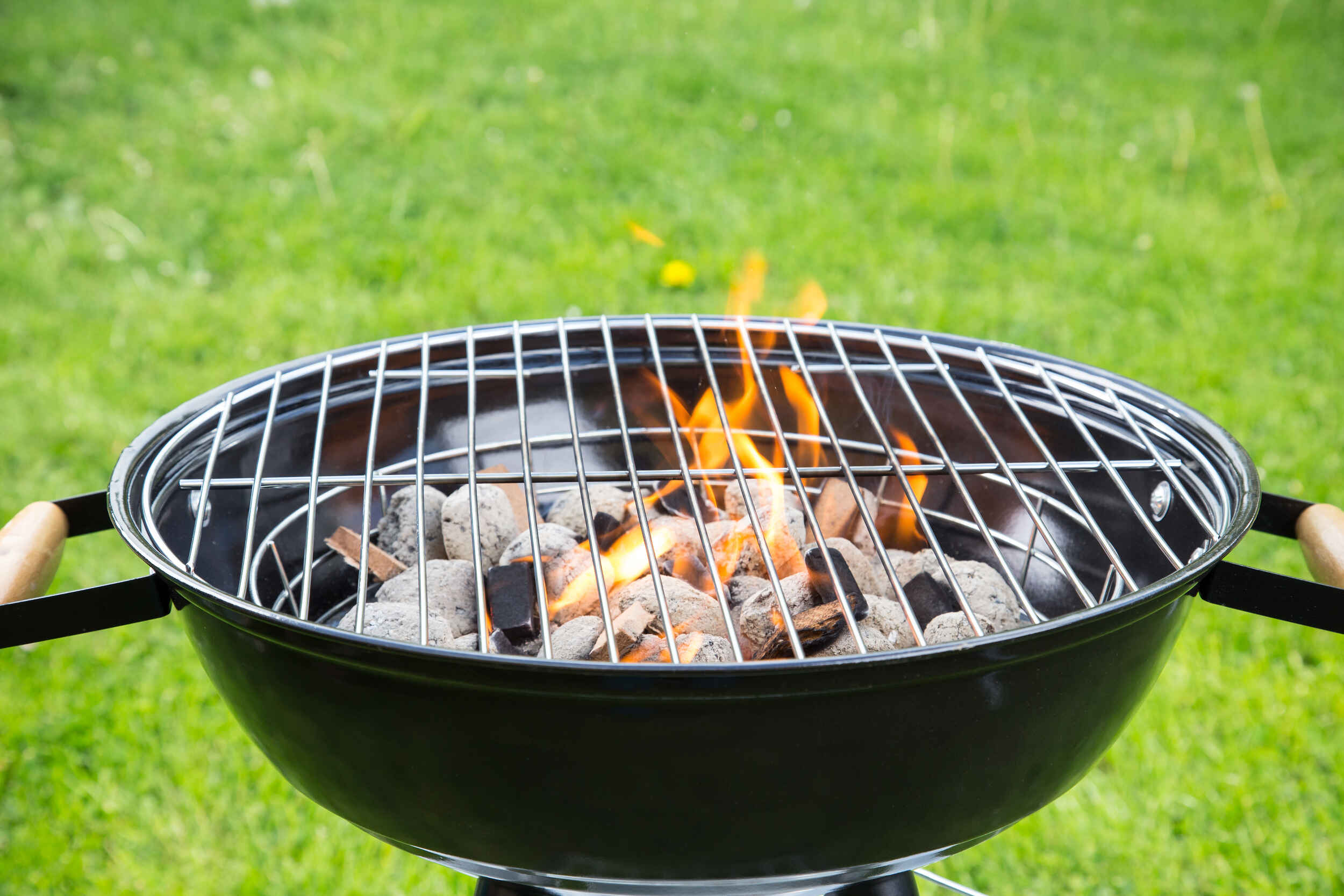

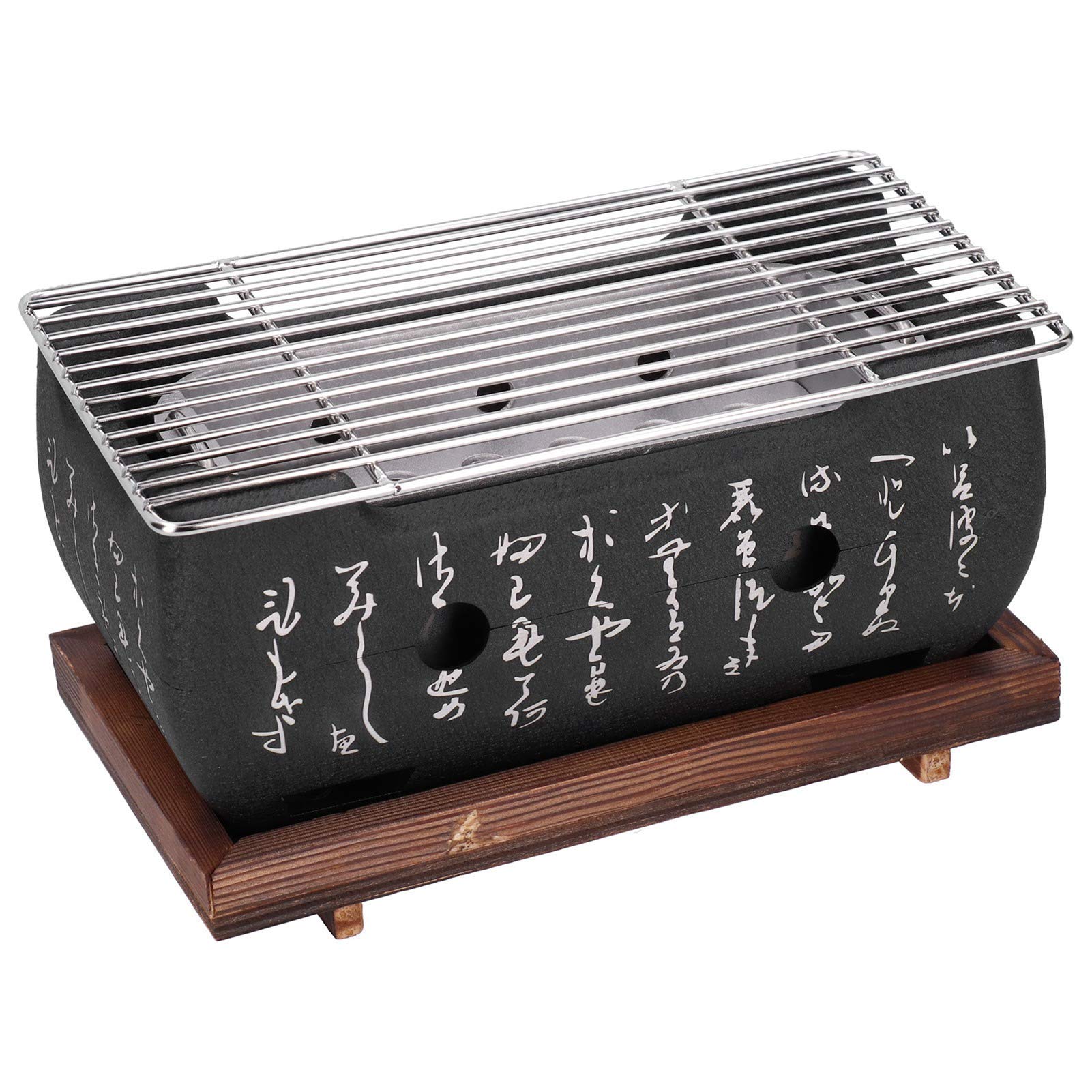
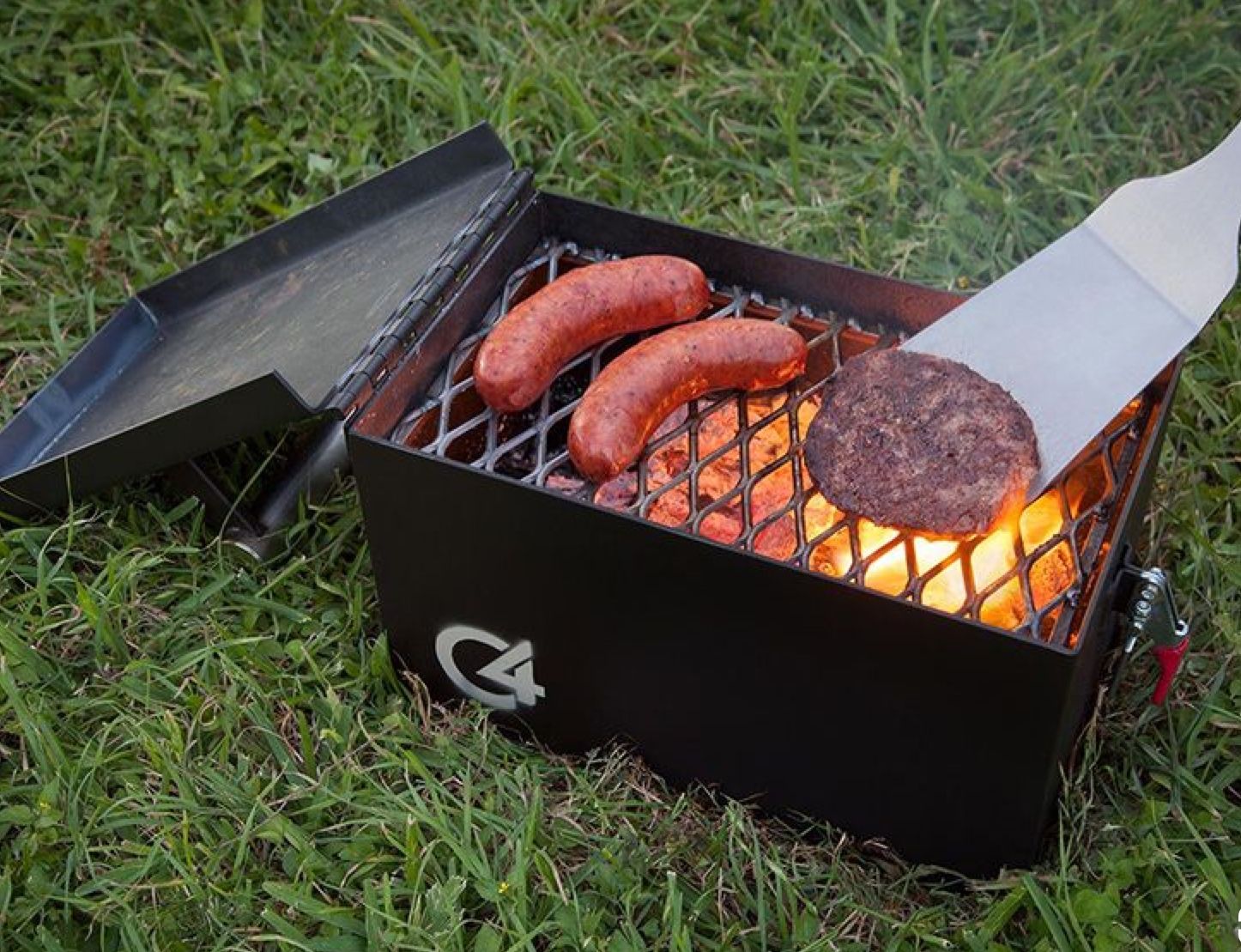
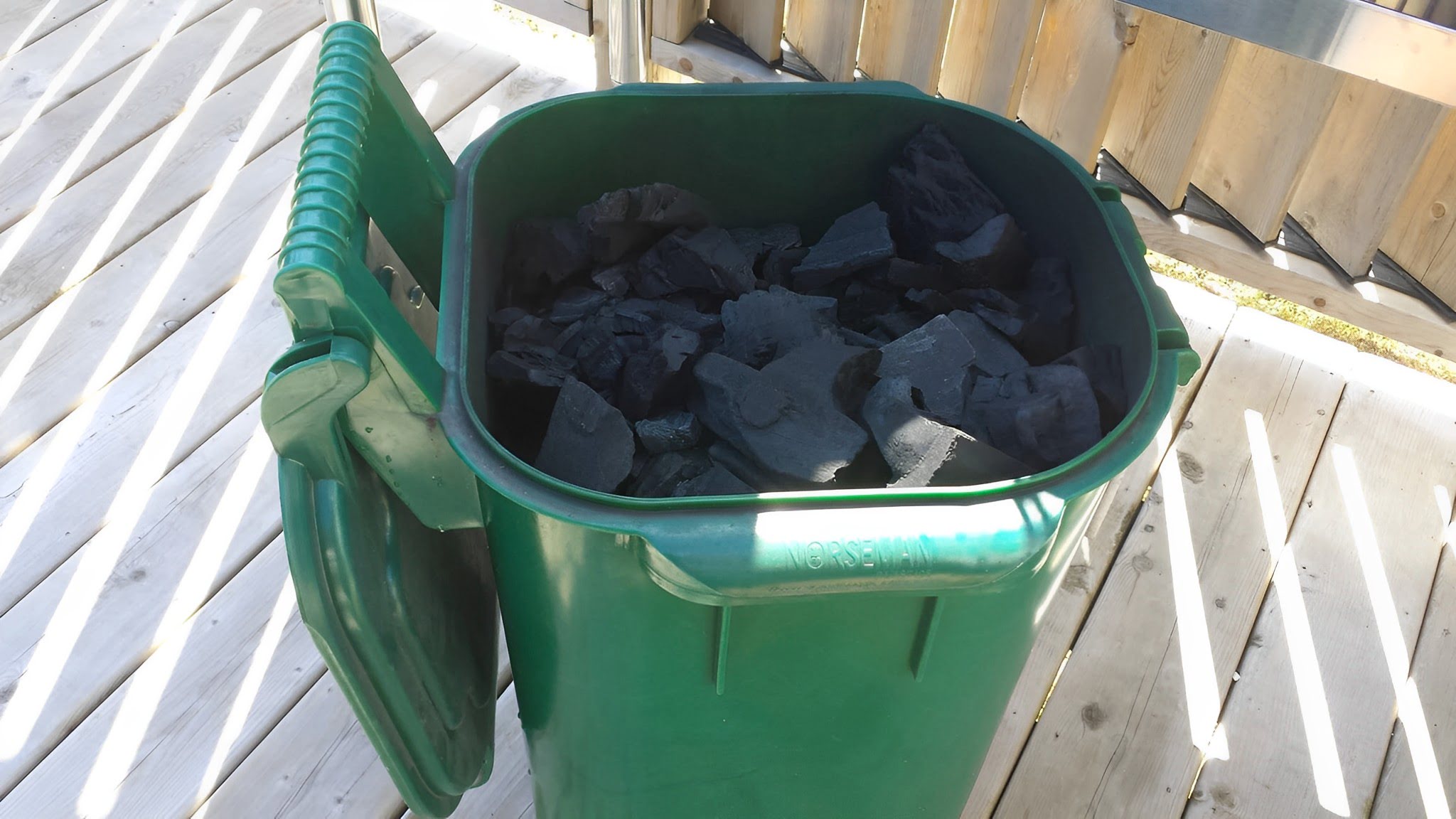
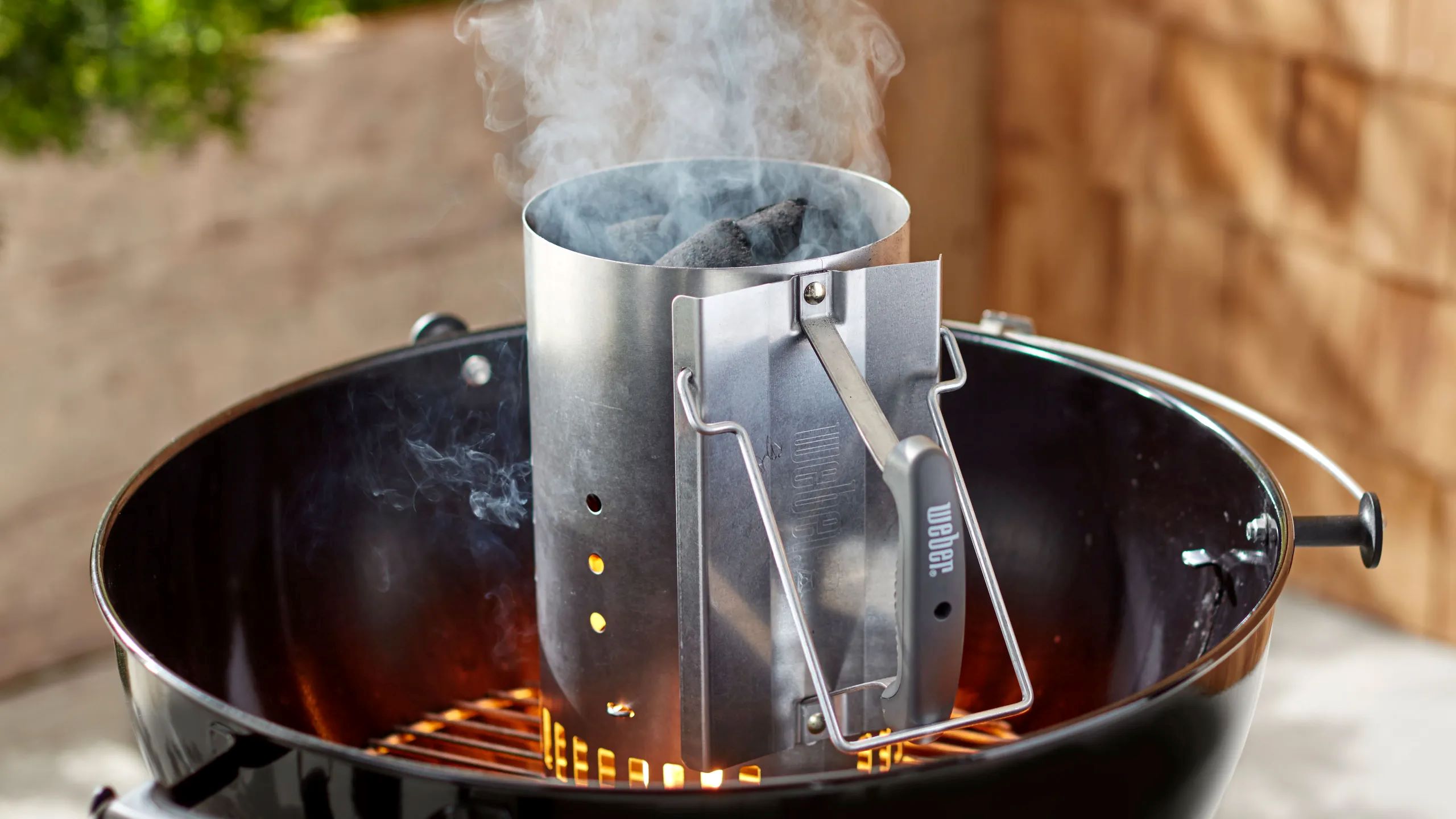
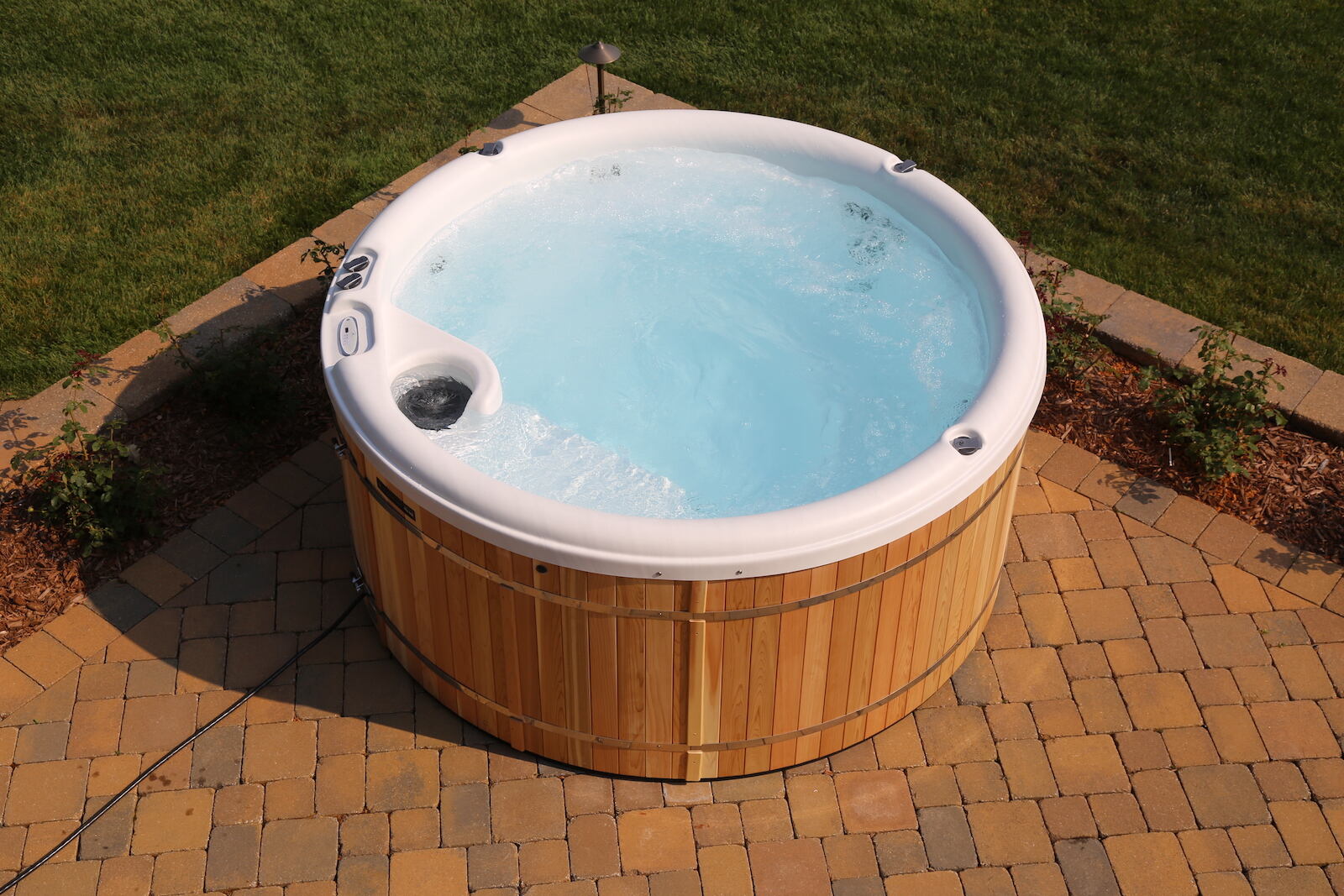
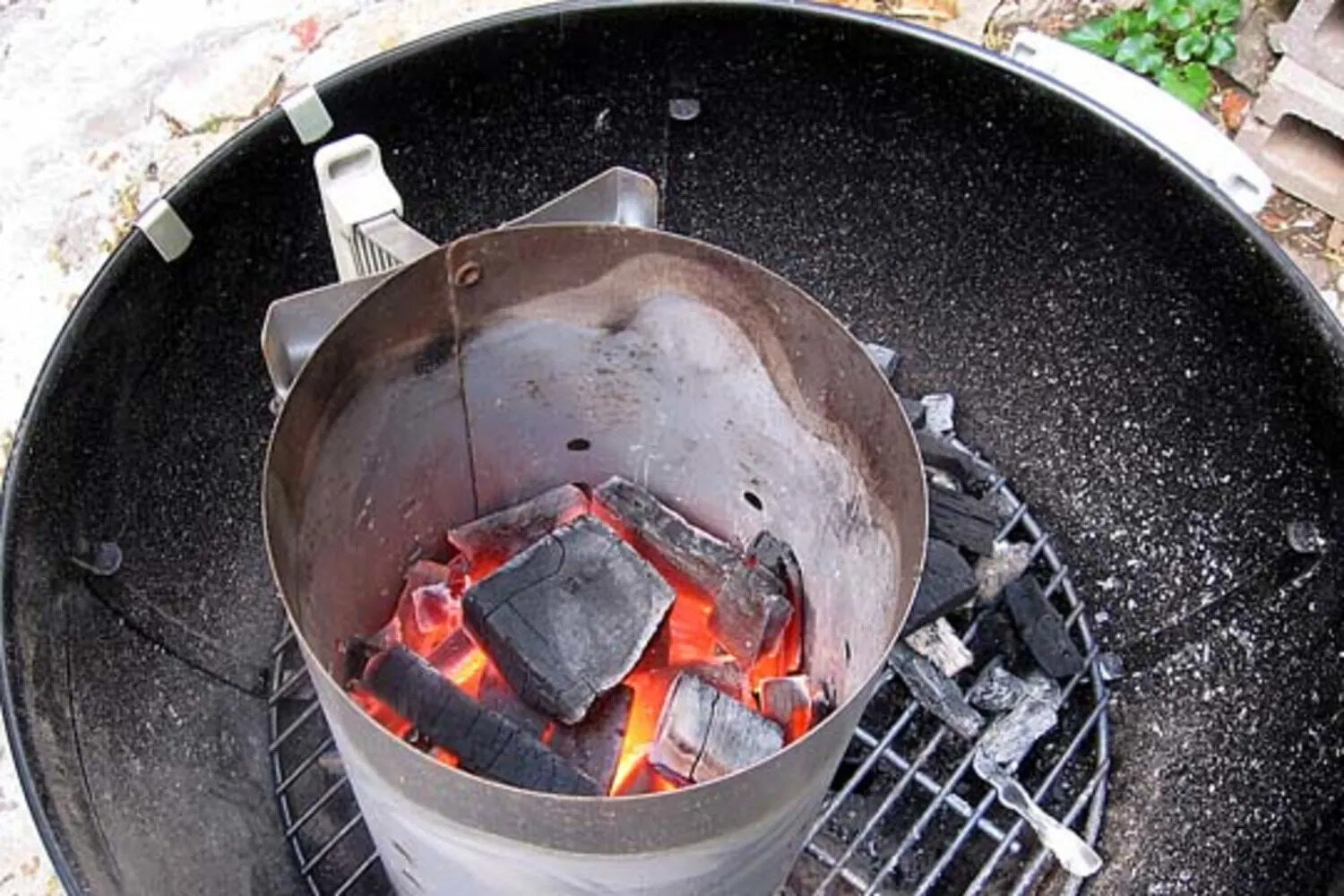
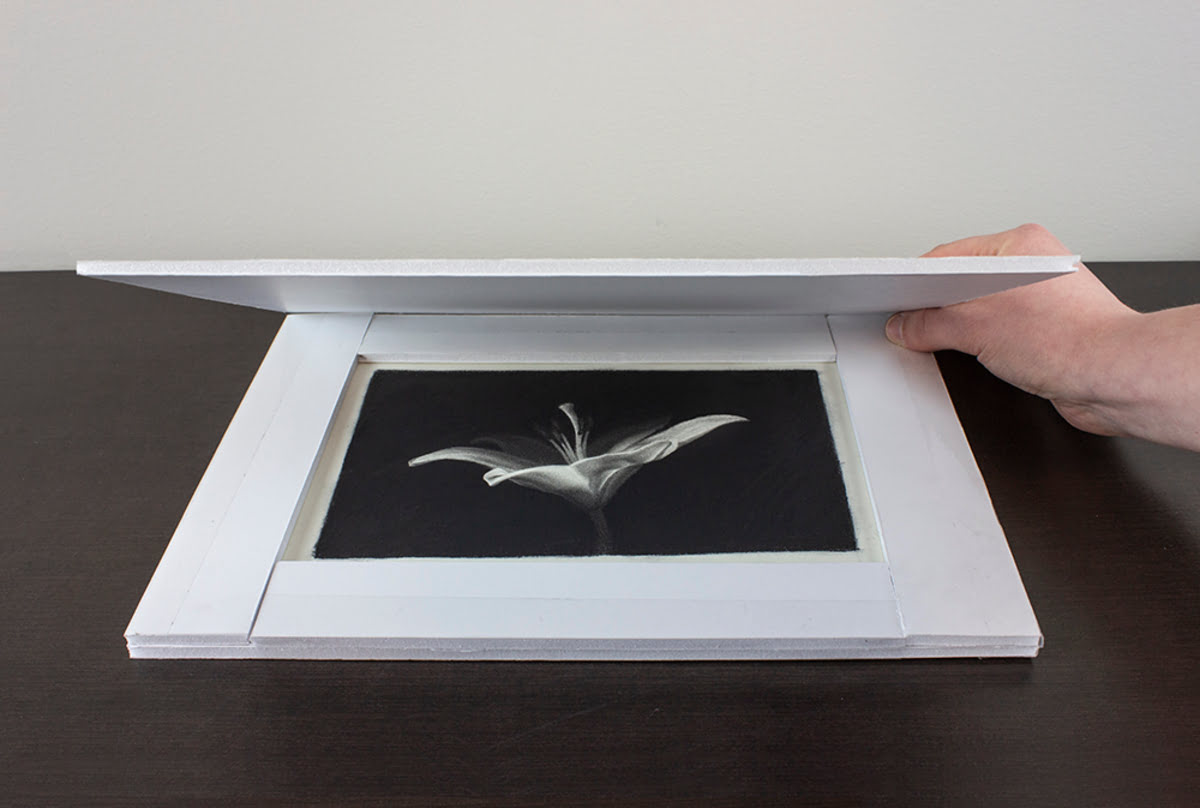
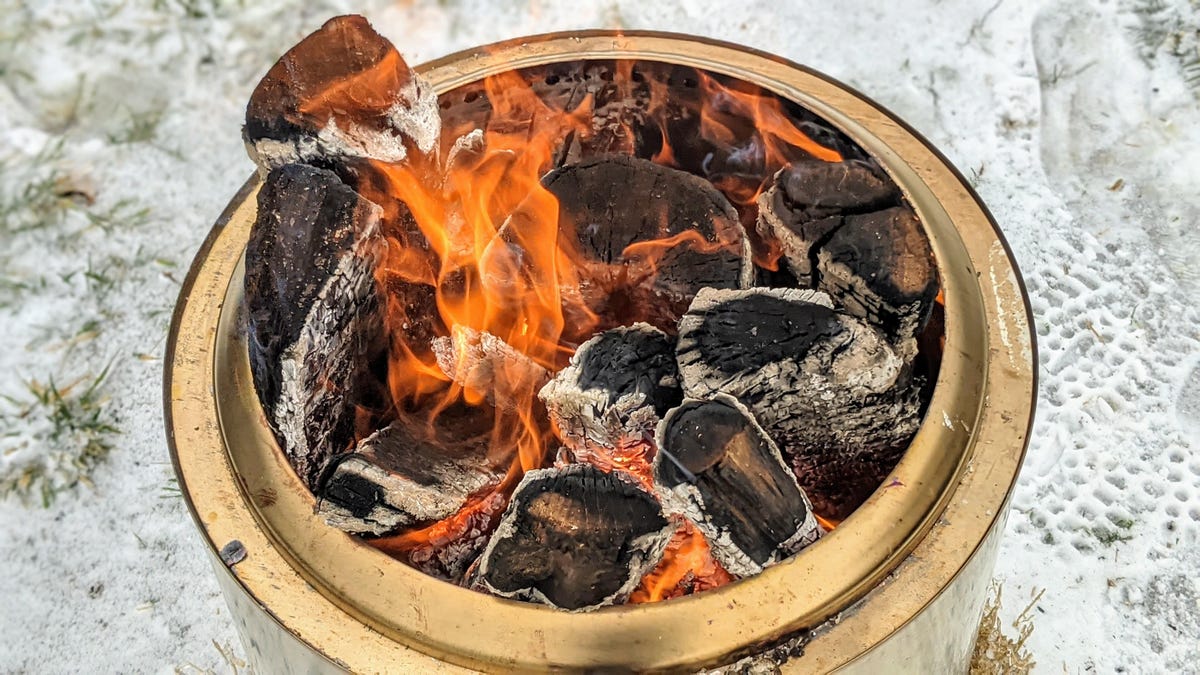

0 thoughts on “How To Get Charcoal Grill Hotter”